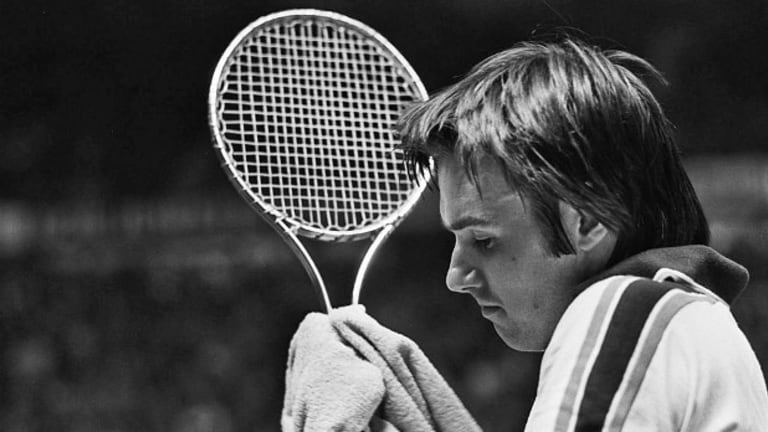This year marks the 50th anniversary of TENNIS Magazine's founding in 1965. To commemorate the occasion, we'll look back each Thursday at one of the 50 moments that have defined the last half-century in our sport.
1967: Wilson T-2000 Racquet Debuts
By Jan 15, 2015Black History Month
Revisiting Arthur Ashe's famous 1975 Wimbledon win, 50 years later
By Feb 19, 2025US Open
The 10 closest calls for American men at the majors since Andy Roddick's 2003 US Open title
By Sep 03, 2023My Tennis Life
My Tennis Life: Behind the scenes at Wimbledon with Paul Annacone
By Jul 10, 2023Beauty and the Beast: One-handed versus two-handed backhands
By Jun 14, 2023Your Game
TECH Talk: Don’t underestimate Cameron Norrie's backhand
By May 25, 2023Your Game
Nick’s Notes: Bollettieri on the power of the drop shot
By Dec 31, 2022Your Game
Nick’s Notes: Bollettieri on the importance of teamwork
By Dec 28, 2022Facts & Stats
The Top 5...Missing Achievements from Legendary Players
By Nov 17, 2022Top 5
The Top 5...Feats by Two Compatriots
By Oct 06, 20221967: Wilson T-2000 Racquet Debuts
When tennis and metal collided.
Published Jan 15, 2015
Advertising
Advertising

1967: Wilson T-2000 Racquet Debuts